Covid risk: 3 people, 3 very different Covid risks. What's yours?
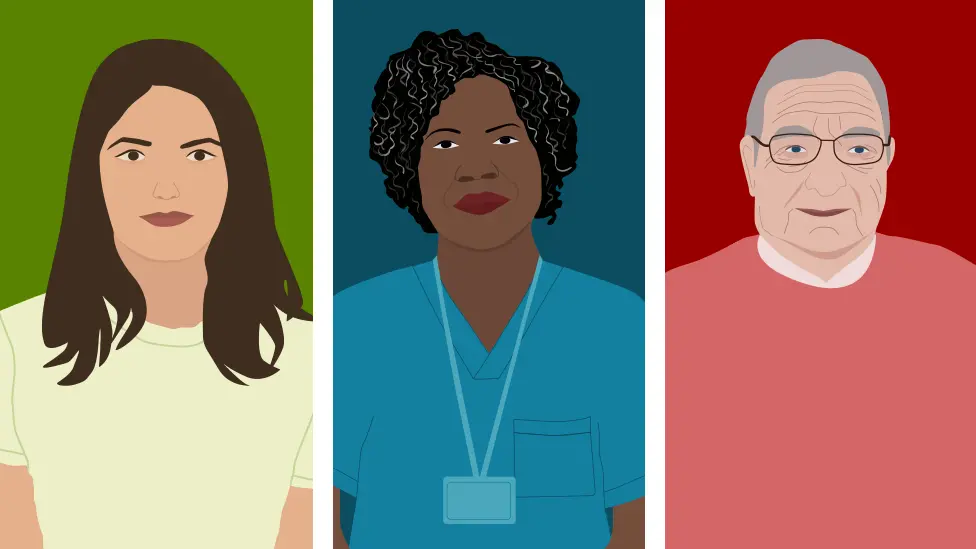 BBC
BBCIf there's one question about coronavirus that we ask more than any other, it's surely "What is my risk?"
Not only "What's my risk of catching the virus", but, were that to happen, "What's my risk of falling seriously ill? Of being taken to hospital? Of dying?"
Meet, Amy, Merlande and John: three people with very different levels of risk. By understanding more about what they should consider, as they seek answers to these questions, each of us can get a better idea of our own risk - and the risk we pose to others.
Amy, 21, student. High risk of catching/spreading Covid, low risk of being seriously ill with it
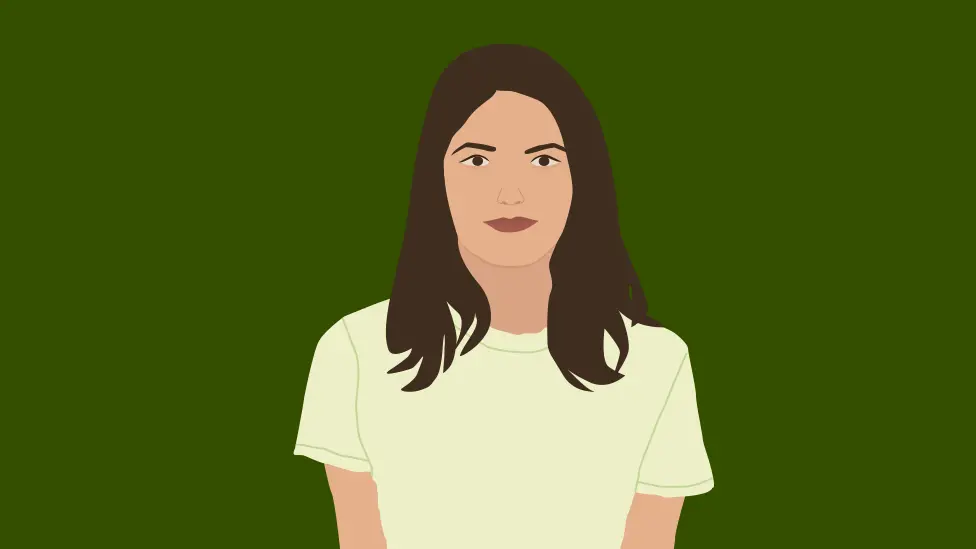
Amy lives with five other students in her university accommodation in Cardiff and likes to meet up with friends to study and socialise. Her chance of catching Covid goes up the more she, and her housemates, mix with others, unless they can keep a safe distance. That's because Covid is transmitted by close contact with someone who has the virus. A person can have no symptoms but still be able to spread it.
The virus is carried in spit droplets that are - often imperceptibly - propelled into the air we breathe when people talk or cough. And they can land on surfaces people touch, which is important for Amy who works in a bar some evenings, collecting dirty glasses. This is why we are told to wear face coverings in crowded places and regularly wash our hands to reduce the spread.
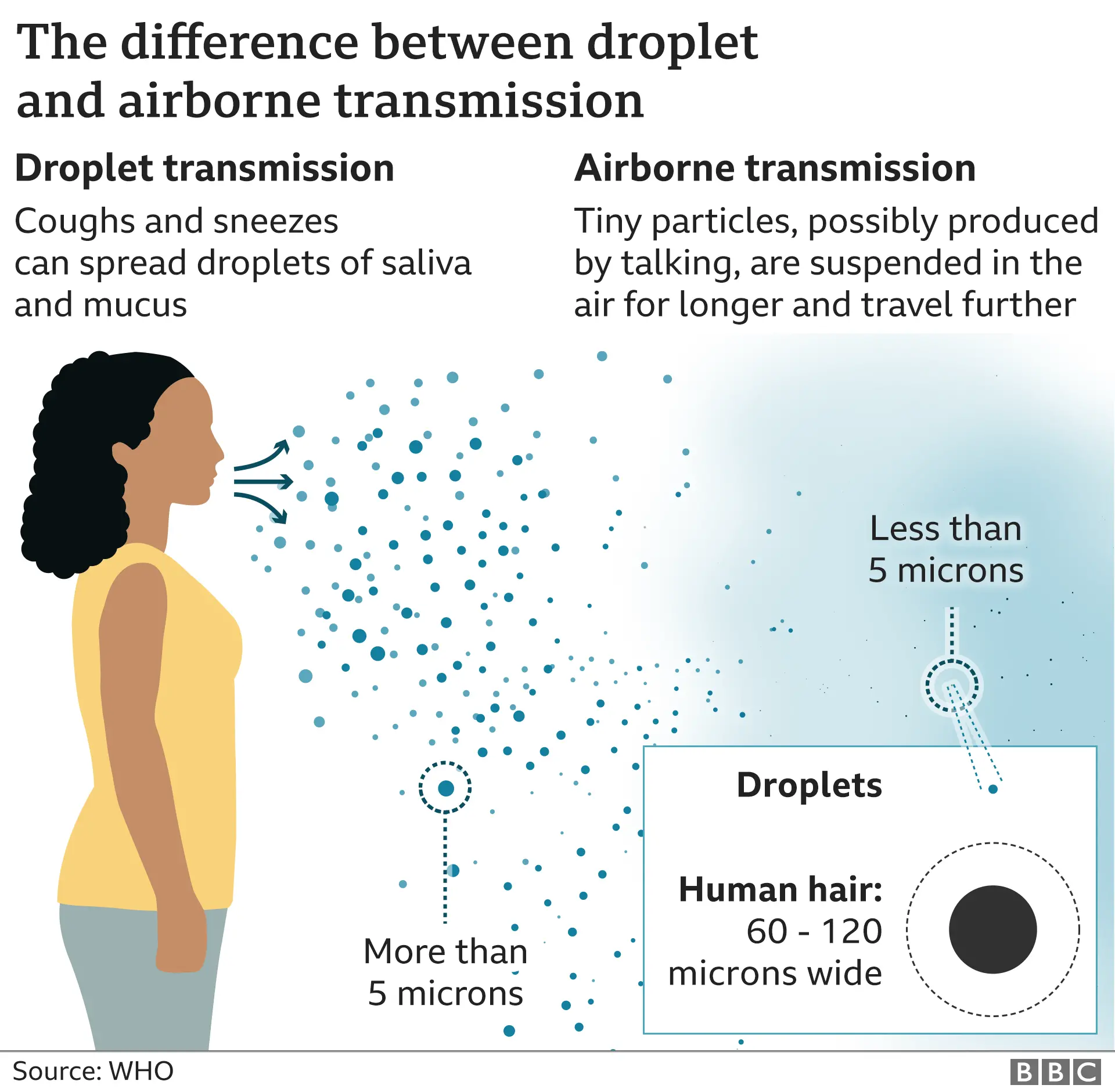
Not everyone Amy meets will have coronavirus. Close or risky contact means being within 1m of someone, or up to 2m for more than 15 minutes, according to NHS Test and Trace. Being in a poorly ventilated, enclosed, crowded space is far riskier than outdoors.
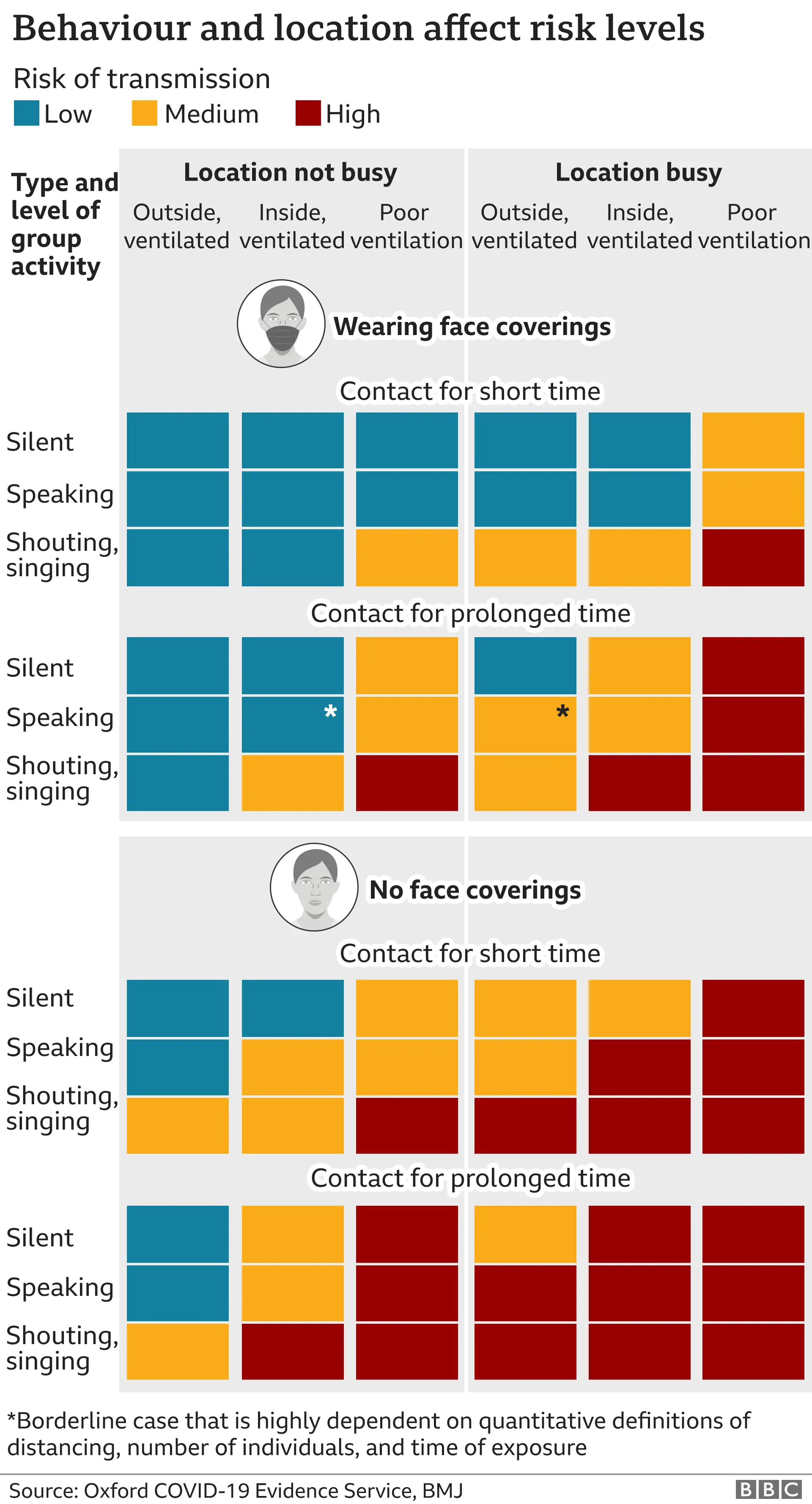

Amy's risk of coming into contact with Covid will be higher if there is more of the virus circulating where she lives or visits.
Amy has asthma, but it's well-controlled and doesn't mean she would get very sick if she caught Covid. Most young people will have mild or no symptoms. But some young, fit people have become critically ill and died. Some who recover from even a mild bout develop longer term complications, known as long Covid.
Even those who may have had coronavirus already, won't necessarily be immune. So there is a chance they could still catch it, spread it and get sick.
Tip: Check your local infection rate and Covid alert level (BBC News has postcode look-ups for cases in your area, and the rules where you live). The level in your area will dictate restrictions and what you are allowed to do. And remember:
- Duration - the longer you are close to someone who could be infectious, the higher the risk
- Environment - the risk is lower outdoors, or in a well ventilated area
- Direction - the risk is lower if you are not face-on with an infectious person
Merlande, 52, nurse. High risk of catching/spreading, medium risk of being seriously ill
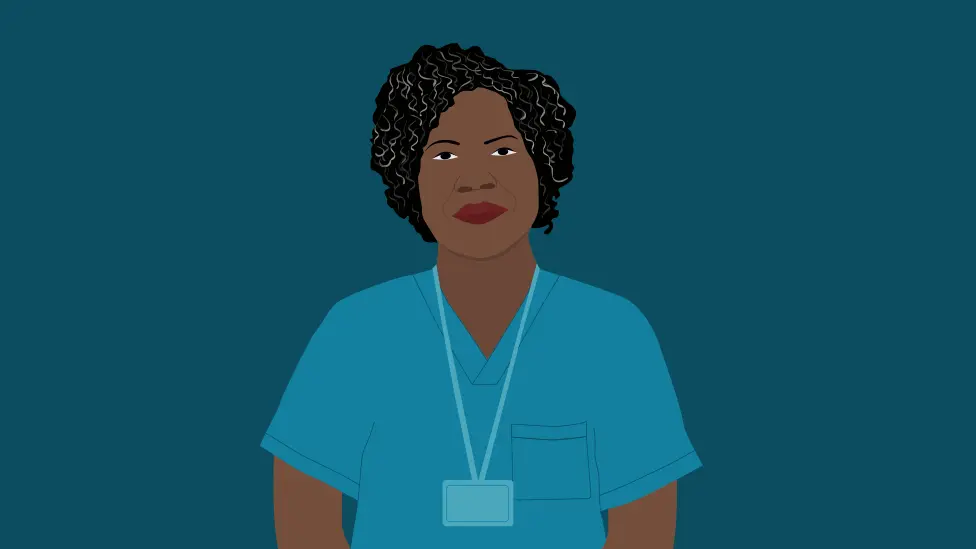
Merlande works part-time on a medical ward at her local hospital in Bradford, commutes by bus and looks after her grandchild on some of her days off. She lives with her husband, Lester - a taxi driver.
Should she catch coronavirus, Merlande's age and ethnicity put her at medium risk of developing complications. People from black, Asian and ethnic minority backgrounds are disproportionately affected by coronavirus, linked to where they live and the jobs they do.
Her employer has done a risk assessment to keep Merlande as safe as possible in the workplace. Her and Lester's "people facing" occupations and childcare commitments increase their chance of encountering coronavirus, compared with, for example, someone who lives alone, works from home - no commute on public transport - and has no young children in their life.
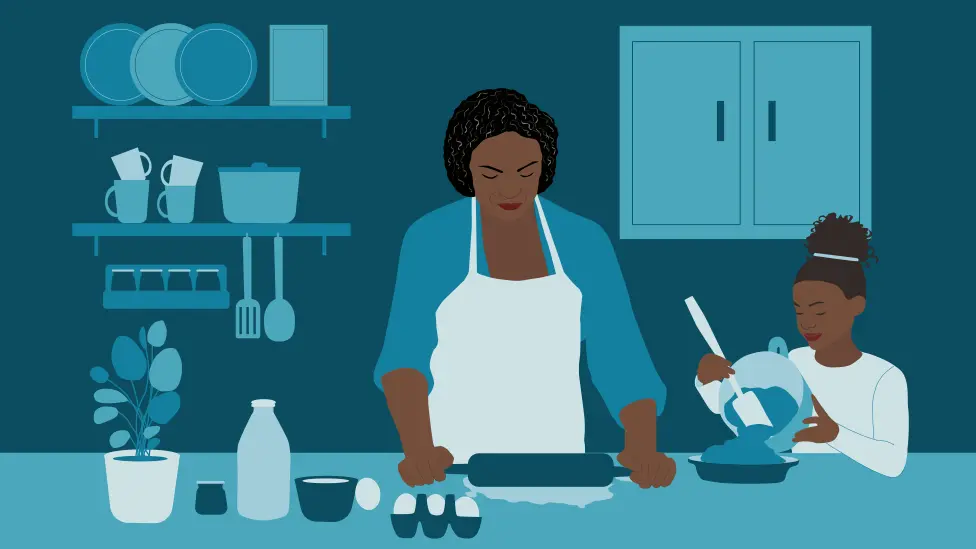
Merlande worries about infecting her patients, colleagues and family, as well as catching Covid herself. Simple measures, such as hand washing, and wearing protective equipment at work, if needed, can break chains of transmission.
Tip: Risks are additive. Think about what you might want to cut back on or change. Risk is an individual thing and can change - you need to weigh it for yourself and also think about how your actions might increase risk for others. This tool was developed for doctors to help them judge their own risk. This one, used by NHS workers in Scotland, calculates a person's 'Covid age' based on clinical vulnerability, while this one, for the public, estimates risk of death and how Covid might increase it.
John, 75, retired teacher. Low risk of catching/spreading, high risk of being seriously ill
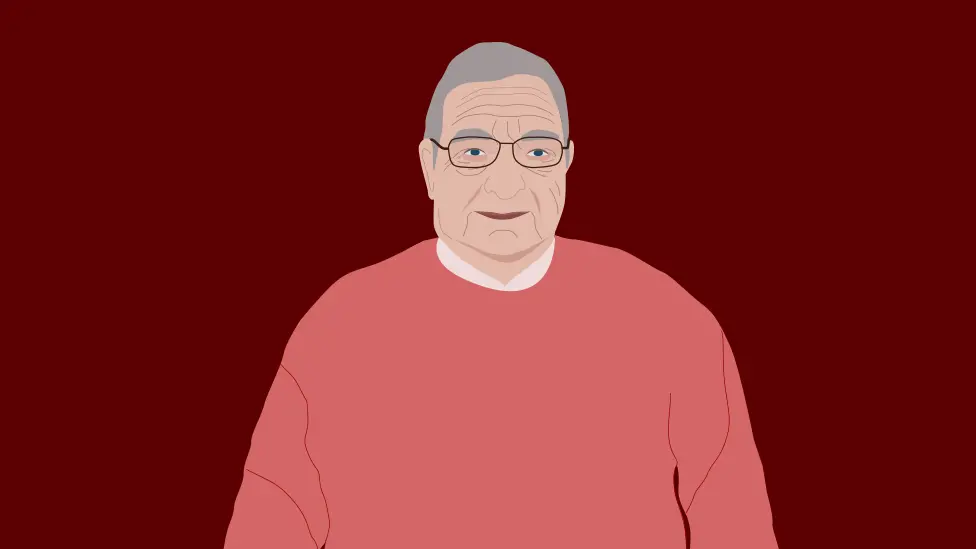
John lives alone in a retirement flat in Torquay. He's formed a bubble with his son, who he sees once or twice a week. John's overweight and has a heart condition, which, along with his age, makes him high risk if he catches coronavirus. But he wasn't one of the people in the "extremely vulnerable group" who were advised to shield back in the spring.
In general, the chance of getting severely ill with Covid goes up with age - it's the biggest risk factor. Being male also increases John's risk. While people of any age can need hospital treatment, most of the severe cases have been among the over 75s with existing health problems.
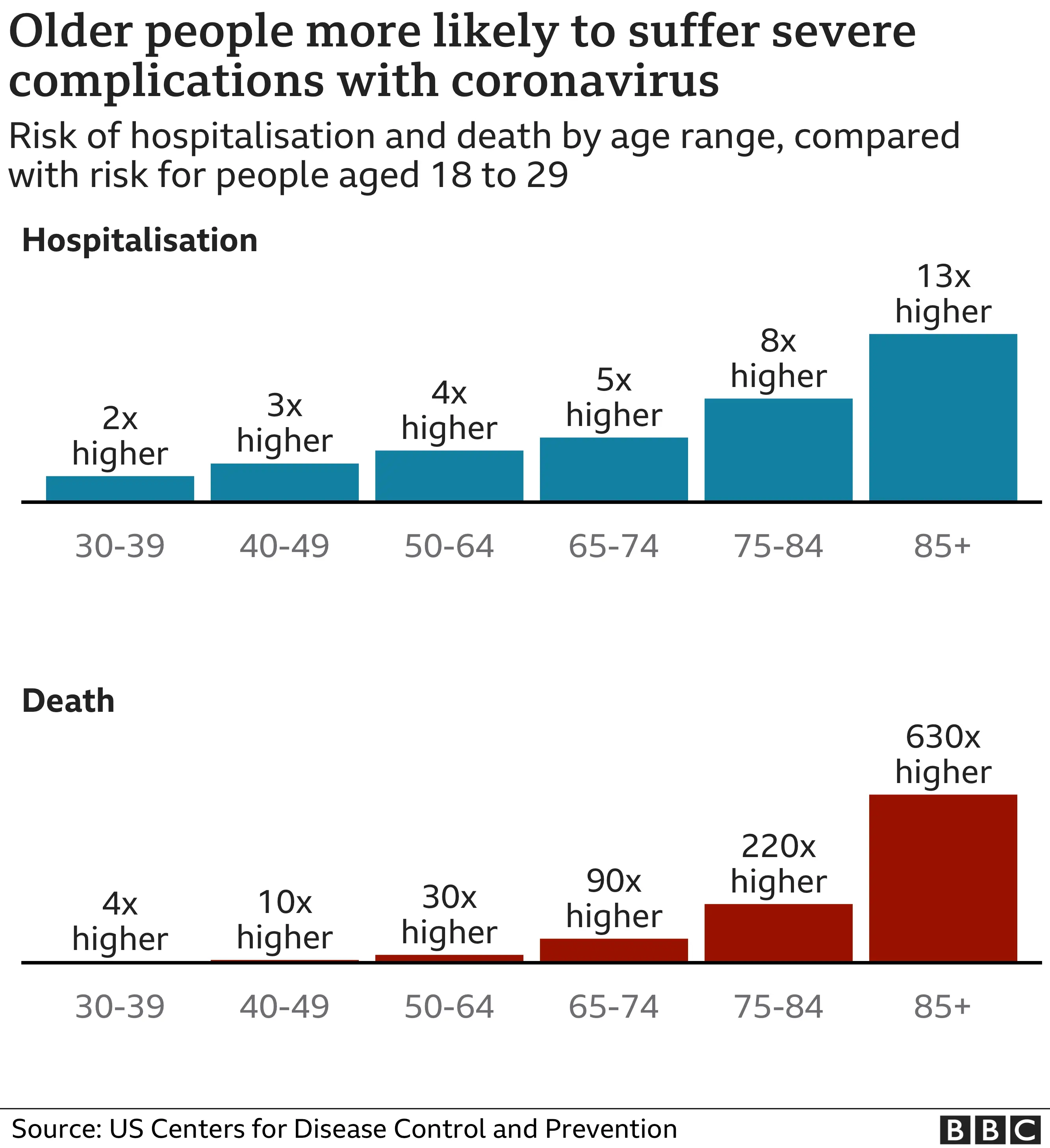
Few people - between one and three in every hundred diagnosed with Covid - need hospital care, according to a study in the spring. Of those, up to a fifth needed intensive care treatment. About half of those died.
But the real risks could be even lower because there are lots of undiagnosed people who never develop symptoms. Doctors also now have a better understanding of the disease and how to treat it. So survival chances are improving.
So, most people do recover from coronavirus, even if they get seriously sick.
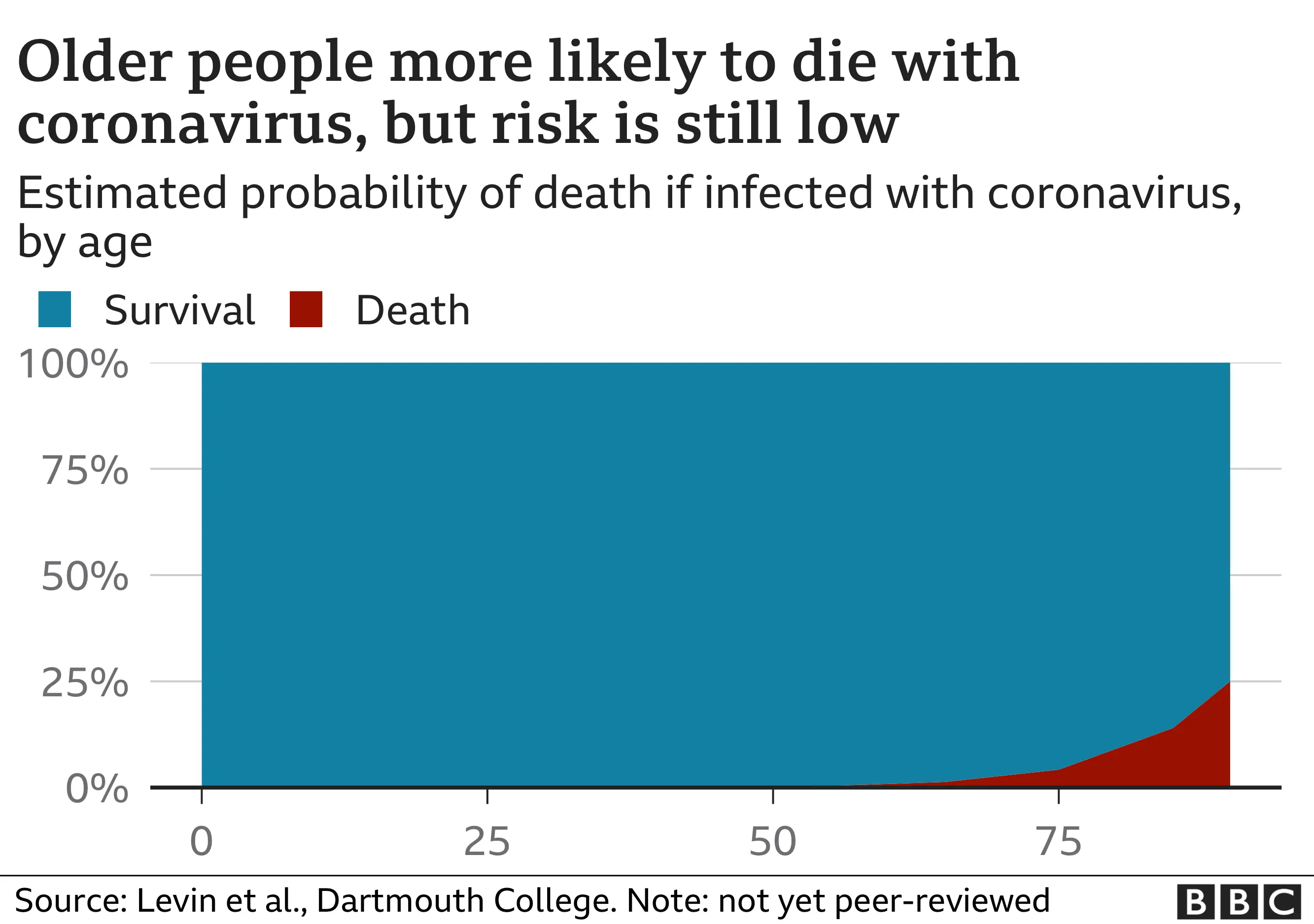
Dr Alex Freeman, of the Winton Centre for Risk and Evidence Communication in Cambridge, recognises the difficulty we've all had calculating risk.
"Now we have enough data... it will help us a lot as we all choose what to do and what to avoid doing."
John is careful about who he meets, and tries to limit his social contacts. His son does most of his food shopping and picks up any medicines. John has GP check-ups over the phone, but knows that he can still see a doctor face-to-face if he needs to, and should attend any planned hospital appointments. His non-Covid health risks have not gone away.
Medics worry some people are delaying seeking help, either because they don't want to overload the health system or fear catching the virus while there.
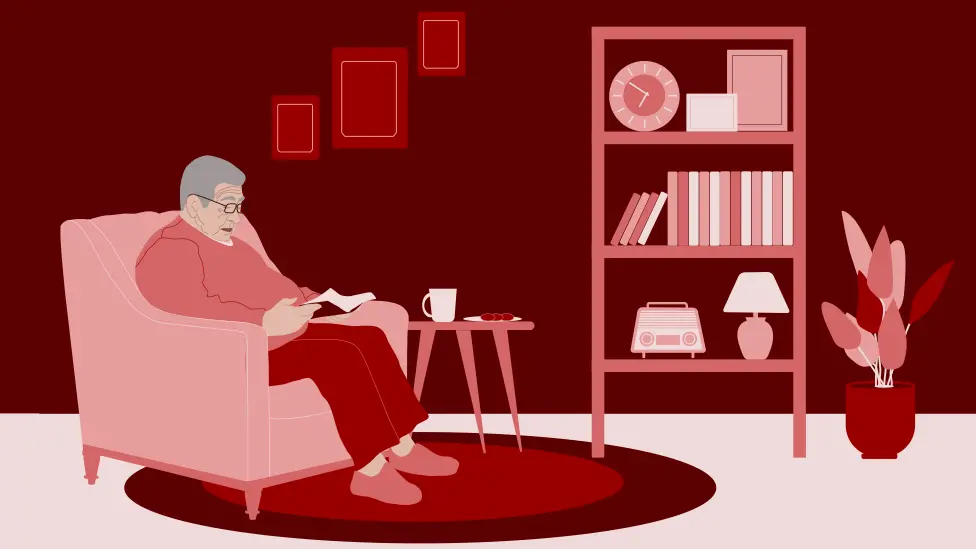
Being at higher risk from coronavirus, John's also more at risk of problems from flu. People can catch flu and Covid at the same time, with serious consequences. But the more he shuts himself away to avoid the virus, the more he risks the mental health harms of not seeing friends and family.
John's son gave him a smartphone to stay in touch.
Tip: Get a flu jab this winter, especially if you, like John, belong to one of the high risk groups eligible for a free one on the NHS. It won't stop coronavirus, but can help protect you against winter flu. There are things that could help if you are feeling lonely. Taking care of your mind as well as your body is really important.
What about our own risk?
Some risks, such as your age, you can't change. But there are things you can do to minimise your risk of catching and getting very sick with the virus:
- Maintain a healthy weight and stay as physically fit as you can
- Limit the number of people you come into contact with, eg avoid peak travel
- Sit/stand side-by-side or behind other people, rather than facing them
- Meet people outdoors, rather than indoors
- Keep interactions brief
- Wear a face covering on public transport, in shops or crowded indoor places
- Increase ventilation indoors if you have visitors - open a window
- Avoid loud talking or singing with others
And remember: hands, face, space.

Illustrations by Sana Jasemi
